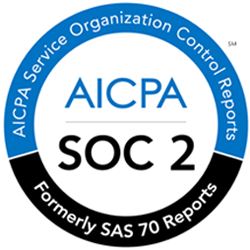Download Ebook: Bank Merger Communications – Excelling Through Change
The US banking industry has seen a relatively consistent consolidation rate of 5% over recent years. Prior to the pandemic hitting the industry beginning in March, analysts were touting positive financial indicators that this year could produce an even greater rate and size of merger combinations. Obviously, things have changed dramatically across the industry but the underlying core need for more competitive institutions with more developed digital capabilities and a greater connection to consumer and business needs has arguably never been greater.
Deals have been completed, announced and called off over the past few months due to the pandemic and unknown risks in the transaction. The uncertainty of underlying merger and acquisition factors are execution and credit risk realities. Navigating these well demonstrates core strategic and operational leadership that will enable those that are financially in position to acquire, to be among the early growth institutions.
Let’s face it, mergers are financial transactions based on a variety of underlying factors – growth prospects, operational overlap, cost takeout, funding costs, etc. That won’t change. A deal has to be viable. But what I argue will change is the ‘how’ in the execution. Of current bank CEO’s in the US, very few have experience navigating something like what we are seeing today. The reality is that growth demands will not change but the environment under which they need to grow has and PPP fees alone are not a sustainable source of income to build upon.
Bank merger research has documented the ongoing reality of the haves and have-nots in M&A regarding solid operational playbooks, current Tangible Book Values and multiples that the market will bear. At BKM, we see this gulf increasing due to the response to the pandemic and opportunities going forward to provide meaningful growth.
How an acquiring Bank handles the new reality when making an acquisition will go a long way in determining its own fate. Leadership faces the need to address new questions as they move forward with M&A. These include philosophies about the long-term implications of Covid-19 such as strategic technology investments to support the new digital needs of employees and customers, structures to support work-from-home (WFH) policies and tolerances and financial inclusion strategies for underserved markets. The reality is that these things matter more than ever before and disconnects in how these are managed between institutions can erode the underlying success of a merger.
In the recent BKM Marketing eBook, Bank Merger Communications – Excelling Through Change, we examine the need for Bank leadership to consider and understand the needs of a wide variety of audiences that creates credibility and a foundation for future growth. The questions are necessary and the challenges going forward are real and material. There is no proven playbook to make M&A work in the near-term but there are fundamental realities that must be in place to prevent the opposite effect
















